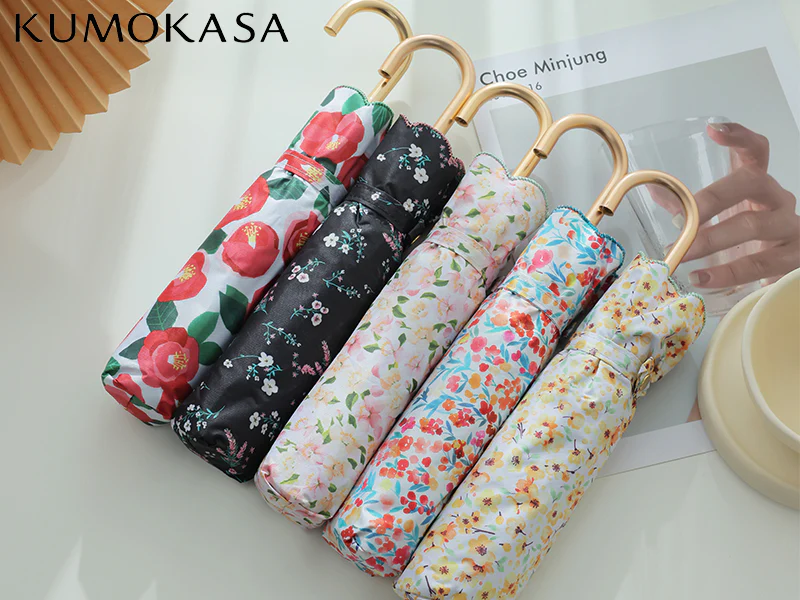Those insistent dark patches on the skin will always tell stories of days spent under the sun, hormonal changes, or healed blemishes. Be it on the face or hand, hyper-pigmented areas are complex when it comes to treatment. It would be best to understand how these spots develop and how to pick up the specific active ingredients for your case to get the ideal dark spot corrector for your type of skin.
Table of Contents
Understanding Dark Spots
Dark spots can also be denoted as hyperpigmentation. Generally, these occur because there is excess melanin secreted in localized patches of the skin. There are several reasons for such overproduction:
Photoaging is probably the most well-known cause. UV exposure over long, prolonged hours will cause melanin to respond protectively against damage, which explains why the common centers where age spots appear are on skin subsequently exposed to sun, such as the face and hands. Other causes of post-inflammatory hyperpigmentation due to injury or acne can be hormonal or melasma, as well as a category of drugs.
The most potent remedy that often works for completely bare areas of unsightly dark spots is prescribed dark spot correctors. Tazarotene and tretinoin (Retin-A) are two highly potent retinoids for cell metabolism speed with which these dark patches fade away and, at the same time, fine lines are erased while texture is improved.
Prescription-Strength Solutions
Prescription dark spot corrector options often deliver the most dramatic results for stubborn or extensive dark spots. Tretinoin (Retin-A) and tazarotene (Tazorac) are powerful retinoids that accelerate skin cell turnover, gradually fading dark patches while simultaneously addressing fine lines and improving overall skin texture.
These prescription treatments boost cell regeneration at deeper skin layers, making them more effective than many over-the-counter options. However, they may cause temporary irritation, especially in sensitive skin types. When using prescription dark spot corrector treatments, patience is key—visible improvements typically take 3-6 months of consistent application.
Effective Over-the-Counter Ingredients
Not all dark spots require prescription treatment. Several scientifically-backed ingredients in over-the-counter products can effectively target hyperpigmentation:
- Vitamin C (L-ascorbic acid) inhibits melanin production while providing antioxidant protection
- Alpha hydroxy acids (glycolic, lactic) exfoliate surface pigmentation
- Niacinamide (vitamin B3) interrupts melanin transfer to skin cells
- Retinol, a milder version of prescription retinoids
- Azelaic acid, which both inhibits melanin production and provides anti-inflammatory benefits
When selecting an over-the-counter dark spot corrector, look for products containing these active ingredients at effective concentrations.
Matching Solutions to Your Skin Type
Your skin type should guide your dark spot corrector selection:
For oily/acne-prone skin, lightweight serums containing salicylic acid (a beta hydroxy acid) or azelaic acid often work well, addressing both pigmentation and breakouts simultaneously.
Dry or sensitive skin types should approach potent dark spot corrector ingredients cautiously. Consider products with niacinamide, which targets hyperpigmentation while strengthening the skin barrier, or gentler AHAs like lactic acid that provide hydration alongside exfoliation.
Prevention Remains Essential
While using a dark spot corrector, prevention becomes equally important. Daily broad-spectrum sunscreen (SPF 30+) is non-negotiable, as UV exposure can trigger new pigmentation and darken existing spots, undermining your treatment efforts.
Conclusion
Selecting the right dark spot corrector involves understanding your skin type, the cause of your hyperpigmentation, and being realistic about timeline expectations. Whether you choose prescription retinoids for more dramatic results or targeted over-the-counter ingredients, consistency and sun protection remain fundamental to success. Those dark spots can gradually fade with the right approach, revealing more even, radiant skin beneath.



